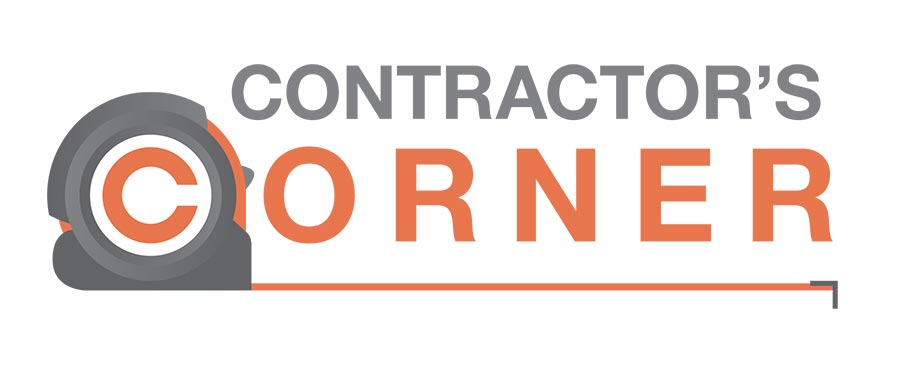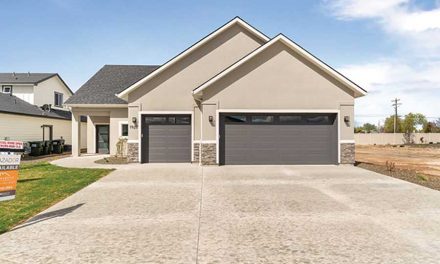by Ian Giesler
Not long ago, it seemed that with the dawn of springtime, leaky basement walls resulted in call backs and dampened the blossoming new building season.
Fortunately, these callbacks have decreased significantly in recent years. I believe this shift is a result of a better-informed industry that has reaped the benefit of education and training.
As ICF growth continues, I have come across a similar issue that could repeat the “wet basement” scenario and stunt our transformation from small residential projects to large institutional and commercial projects. The issue is cracking and leaking direct-applied finishes.
Why does this appear to be more common now than in the past? I believe it is because the focus has moved from below ground levels to above grade walls, and into the commercial market, where direct applied finishes on large wall surface areas are common.
I am not suggesting that changes be made in stucco materials or established application methods, but perhaps we should look this as an opportunity to improve. Since application on ICF consumes a relatively small part of the exterior finishes market, education and knowledge dissemination is largely up to the ICF community.
There are three types of stucco finish systems for above grade ICF:
Traditional Portland Cement Stucco that commonly utilizes a mechanically fastened metal mesh and a Portland Cement mortar based stucco that is applied at a thickness of 3/8” to 5/8”. This system may be painted or coated with a decorative acrylic topcoat.
Synthetic Stucco, which is sometimes referred to as a Exterior Insulated Finish System (EIFS) or Textured Acrylic Finish System (TAFS) This system is comprised of a basecoat, mesh and an acrylic decorative finish coat and is about an 1/8th inch thick.
The third type would be all encompassing of the hybrid, combination or modified stucco products and faux stone.
The majority of ICF structures with a stucco finish are clad with either synthetic or traditional stucco depending on location.
Synthetic stucco producers have vast technical libraries for material handling and installation practices that cover every situation imaginable. The application method over ICF differs from frame or CMU construction because the EPS foam layer is already a part of the building. A great sample of application details for ICF is available from BASF at http://www.sonowall.basf.com/documents/details/1026919_icf_details.pdf.
Some companies offer full warranties to the building owner contingent upon proper installation practice while others only warrant product quality. Regardless of the warranty language, all synthetic stucco manufacturers require that trained and/or certified applicators perform the installation.
Improper detailing around windows, doors and other through-wall areas is the industry’s Achilles heel. In nearly every case of water intrusion through ICF walls clad with some form of stucco, the detailing was not done correctly or not done at all. Lack of proper control joints also contributes to coating failures and water leaks.
In some cases, ICF walls are to blame. Walls must be plumb, square and flat. Minimum slope must be incorporated at horizontal locations such as window sills and parapet tops so that water can readily drain off the coating. All window and door frames that abut the coating should be properly detailed with backer rod and sealant to account for dissimilar material movement.
In large-scale projects such as schools, prisons, and hotels, control joints become an issue. On large-scale commercial structures, vertical control “cold joints” are almost inevitable. Rarely are these vertical pour joint lines specified by the architect or engineer. ICF walls contain structural concrete, therefore, vertical and horizontal control joints for expansion and contraction should be addressed just like any other concrete structure. The ICF professional should insist that vertical and horizontal cold joints are noted in the plans and that corresponding joints are specified in direct applied finishes to eliminate cracking.
To be continued…
Have a construction question you’d like answered? Email your question to Ian at AskTheBuilder@icfmag.com.












